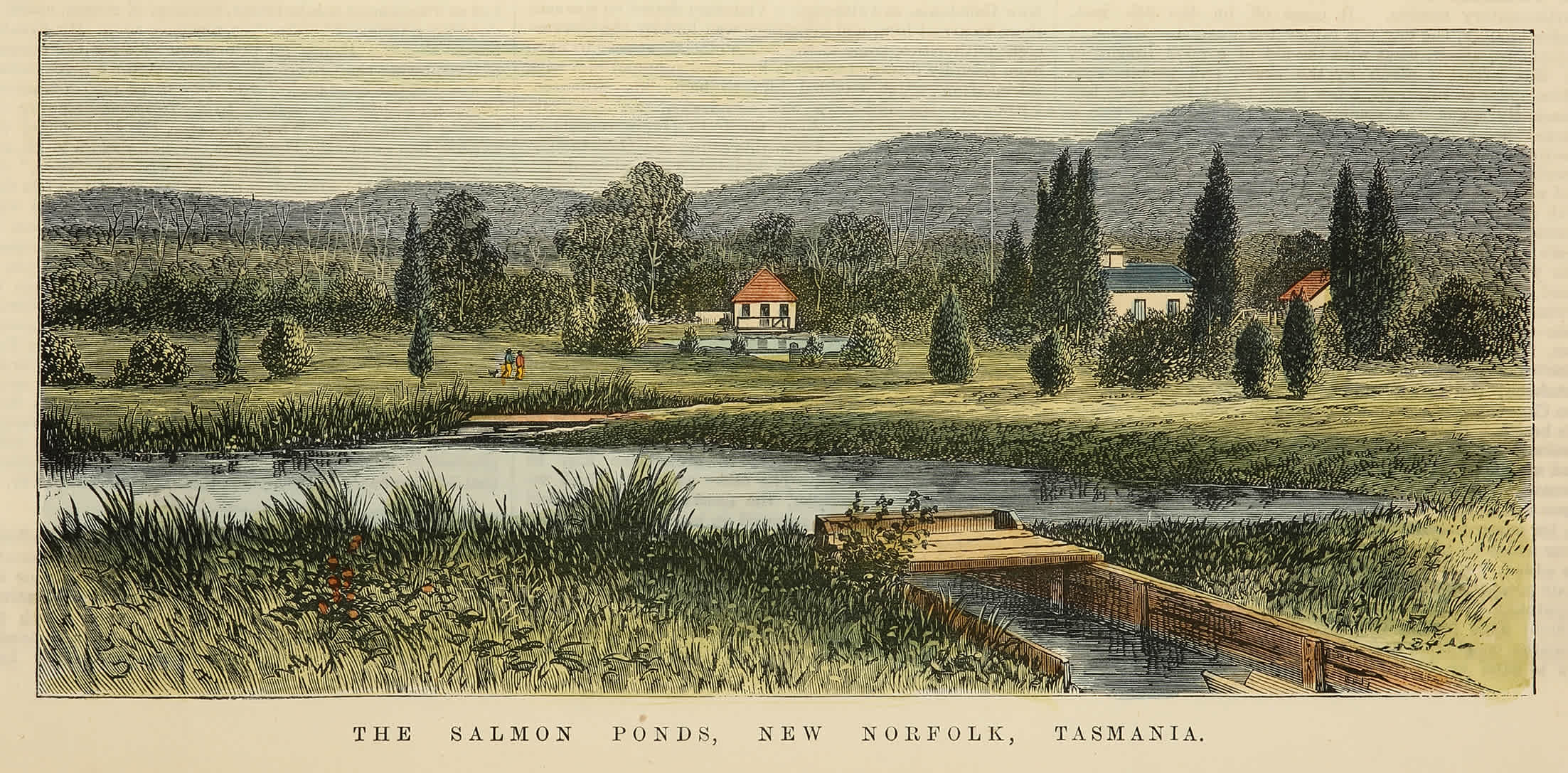Until wartime censorship slowed the supply to craft the public narratives, Australians could read first-hand accounts of war in their local newspapers. Tasmania was no exception to this phenomenon. In fact, Hobart’s historic newspapers are especially rich with wartime anecdotes written to friends, family and newspaper editors.
Historians love these letters. Through collecting, analysing, and triangulating them with each other, it can be possible to reconstruct battles and campaigns in fantastic detail. Letters allow us to follow units and individuals through time and place. With such correspondence I have tracked my own forebears from Anzac Cove to Europe, from Darwin to New Guinea, from Sydney to South Africa. The years or months of war frequently remain the best recorded parts of their lives.
But such source material can be put to another use. Besides speaking about the past, Tasmanian letters can speak to Tasmania’s present. That can make us ponder the way we remember and commemorate the conflicts of our past.
To start with, such letters are a reminder that war was more often tedious than heroic. The early enthusiasm of wartime writers tended to quickly wane. “I suppose intelligence from the camp must be most agreeable to you, to alleviate the dull and monotonous life of a citizen of Hobart,” said one Tasmanian, “but how little are you aware of the situation in which some of us have been placed for the last three weeks! … here we have been placed for three weeks, and the day of termination is equally as much in embryo as it was the day we first formed the lines.”
Three relatively inactive weeks would bore and frustrate anyone, so it is unsurprising that this fellow, stuck somewhere in a nearly 60km stretch of front, should share in what was likely a general sentiment. In fact, he was impressed that morale remained high. “It is really surprising to see the order that continues,” he noted, “and the general good will reigning among the whole”.
Nonetheless, he clearly loathed watch duty, giving it considerable attention in his letter. This required him to stay alert for eight-hour shifts, often including nights, to watch for enemy movements. But at least he was not alone in his boredom. “The rapid manner in which the watchword passes along the line is really astonishing”, he thought, going on to explain how “the passing of the word ‘all’s well,’ and a message, and sometimes a letter to the next sentry, to be forwarded to the next, ad infinitum, is our only amusement when on duty, and in which we are well practiced.”
Yet while he reported rumours of imminent action on his force’s part, this Tasmanian remained dubious that he would get to play much of a decisive role. There were “so many reports about the last move”, he said, “that we begin to doubt whether we shall not stay here forever.”

Of course, not all was always quiet on this front. Another Tasmanian writing about the same time, albeit with greater literary brevity, referred bluntly to a time when the enemy unsuccessfully “attempted to force their way through the line”.
He did not add much detail, but what he did write remains evocative: “It was raining very heavy at the time. … The alarm was in a very short time passed along the line and all were under arms and on alert during the remainder of the night, which was exceeding tempestuous and rainy.”
Another sentence conveys the sense that holding the line in such manner was a regular occurrence: “Since writing you, [they] have made a second attack upon the line … and been again repulsed and driven back.”
What is most significant about these letters is that the enemy these writers faced – those who had been twice repulsed – were neither Turks nor Germans. They were Aboriginal Tasmanians. These letters, written from the front – (which, for the record, is a shortened form of frontier) – and published in newspapers in Hobart in 1830, are part of the rich documentary record of the Vandemonian War.
And the Vandemonian War, as just explained by some of its combatants, at one point involved a massive campaign where many armed men held their positions for three weeks in any weather at all hours on an extended front some 60km long.
This was part of George Arthur’s General Movement, which he orchestrated in his dual capacity as Lieutenant Governor and Colonel Commanding. It was a massive military campaign, aided by convict and civilian forces organised into militia detachments, designed to drive all the Aboriginal people between Launceston and Hobart into the peninsulas of the east coast. Once Aboriginal people were known to be contained, dedicated skirmish parties went out in front.
Most of those skirmish parties left little documentary trace. But courtesy of a letter from the front published in the Hobart Town Courier, we can learn about the exploits of one of them. After detailing the violent campsite struggle with an Aboriginal man and boy, both of whom the skirmishers captured, the writer casually reported what followed: “Two others were shot by the party in making their escape into the scrub.”
No wonder Tasmania’s own war remains better recorded in the newspapers of yesteryear than the war-commemorating special editions of today. Perhaps the Lieutenant Governor’s order limiting the printing of uncensored war news – which he issued soon after this incident – is still in effect.
Nick Brodie is a professional history nerd, based in Hobart. He is the author of several popular history books, including The Vandemonian War, Under Fire, and 1787: The Lost Chapters of Australia's Beginnings, which all have substantial Tasmanian content. Appearing regularly on ABC television and radio as a historical and current affairs commentator, Nick is one of Australia's most recognisable millennial historians.








